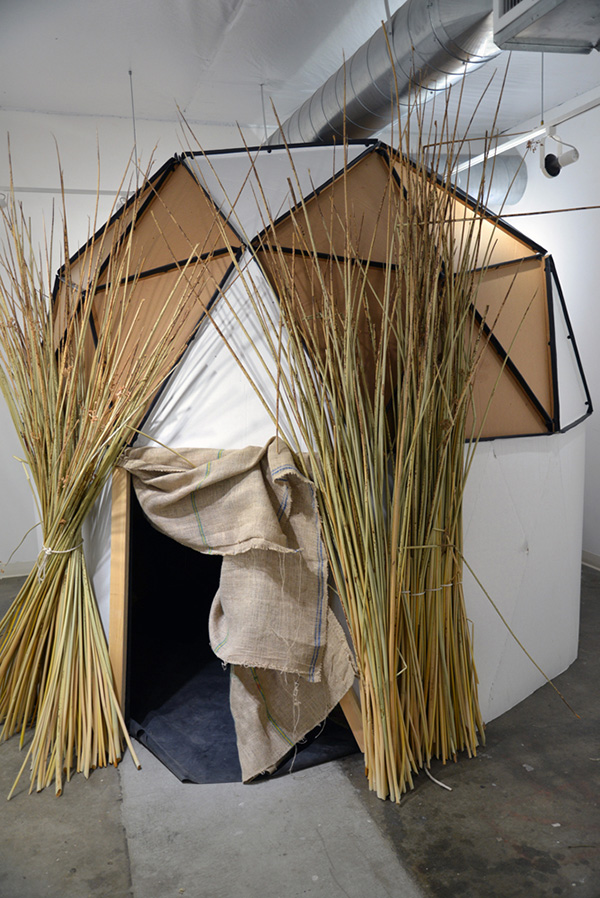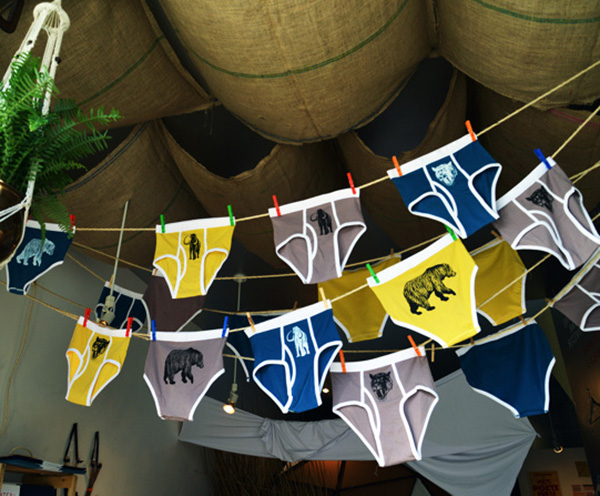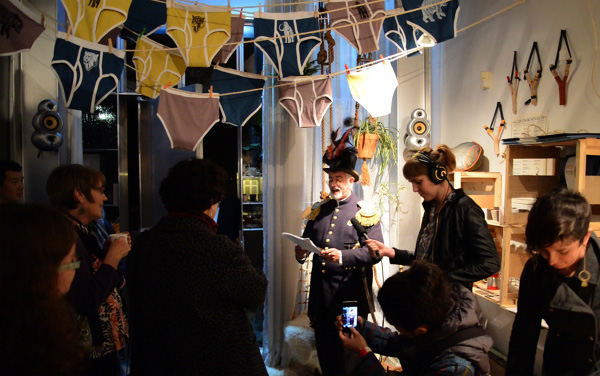
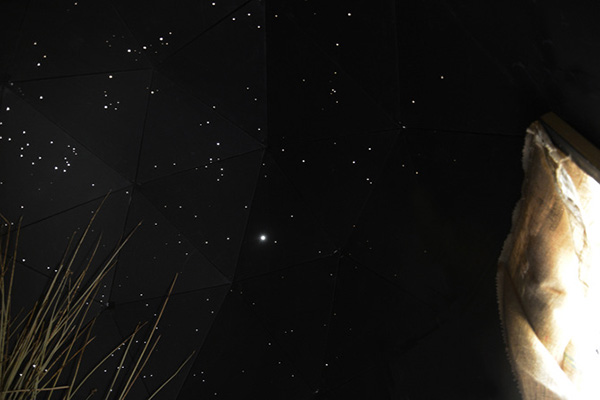
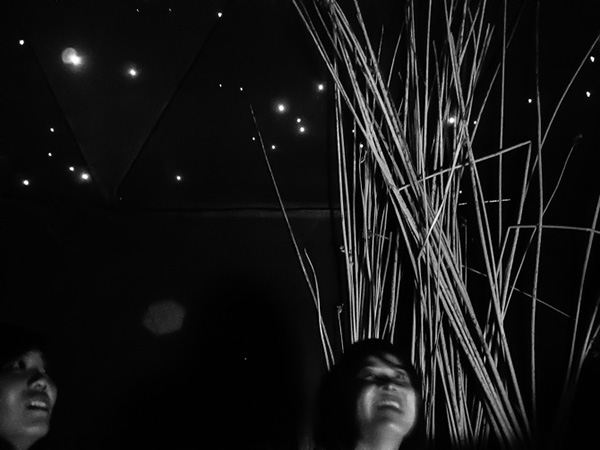
HABITAT: The American West, the popular imagination.
ERA: pre-1893
COMPANION SPECIES: Pretty much everything that wasn't a gold miner.
REMARKS: The wilderness masters the colonist. It finds him European in dress, industries, tools, modes of travel, and thought. It takes him from the railroad car and puts him in the birch canoe. It strips off the garments of civilization and arrays him in the hunting shirt and the moccasin. It puts him in the log cabin of the Cherokee and Iroquois and runs an Indian palisade around him. Before long he has gone to planting Indian corn and plowing with a sharp stick; he shouts the war cry and takes the scalp in orthodox Indian fashion. In short, at the frontier the environment is at first too strong for the man. He must accept the conditions which it furnishes, or perish, and so he fits himself into the Indian clearings and follows the Indian trails. [Frederick Jackson Turner, "The Significance of the Frontier in American History," 1894]
COURTESY OF: Private collection
